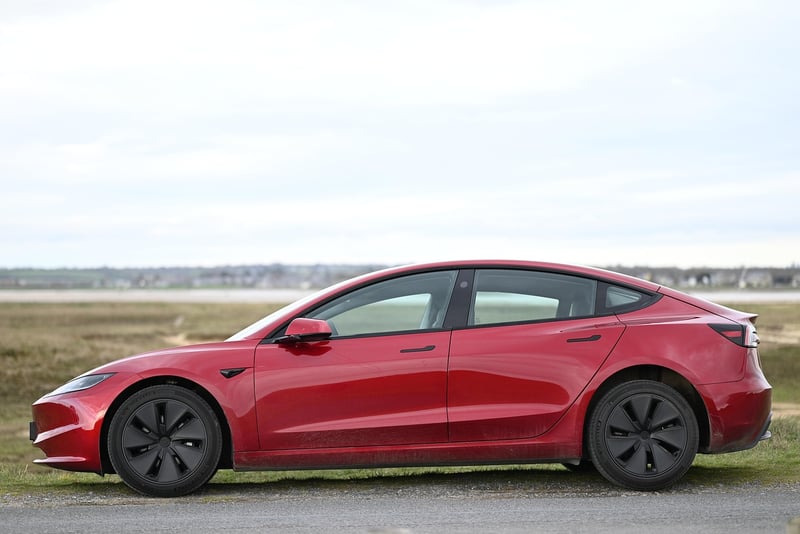Eco-Friendly Practices
Guides and Hacks for Upcycling + Eco-Friendly Practices
Introduction
Welcome to our guide on upcycling and eco-friendly practices! In this article, we will explore creative ways to repurpose items, reduce waste, and adopt sustainable habits for a greener lifestyle.
1. What is Upcycling?
Upcycling is the process of transforming old or unused items into something new and of higher value. It's a fantastic way to reduce waste and give a second life to objects that would otherwise end up in landfills.
2. Benefits of Upcycling
- Reduces waste and saves resources
- Promotes creativity and innovation
- Helps in decluttering and organizing spaces
- Cost-effective compared to buying new items
3. Upcycling Hacks
Here are some creative upcycling hacks to inspire you:
- Turn old mason jars into stylish candle holders.
- Transform a wooden pallet into a rustic coffee table.
- Repurpose old t-shirts into reusable tote bags.
- Upcycle glass bottles into decorative vases.
4. Eco-Friendly Practices
Aside from upcycling, incorporating eco-friendly practices into your daily life can have a significant impact on the environment. Here are some tips:
- Reduce, Reuse, Recycle - the golden rule for sustainability.
- Avoid single-use plastics and opt for reusable alternatives.
- Conserve energy by switching off lights and unplugging devices when not in use.
- Support local and sustainable brands that prioritize eco-friendly production.
5. Conclusion
By embracing upcycling and eco-friendly practices, you can play a vital role in preserving the planet for future generations. Start small, get creative, and make a positive impact on the environment one step at a time!

Remember, every small effort counts towards building a more sustainable and environmentally conscious society. Together, we can make a difference!
